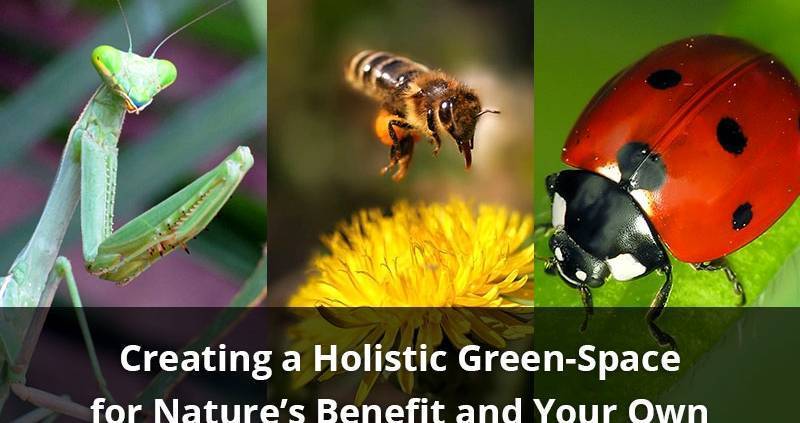Whether you are a garden-enthusiast, commercial agriculturist, or somewhere in the middle, when it comes to producing any kind of healthy plant or crop you need to consider the bugs that they will attract. The relationship between “good” bugs, pests, and our plants goes beyond our control as cultivators. It is our job, however, to support this relationship and where appropriate exploit this relationship to the benefit of our produce. Bugs support healthy ecosystems, and we can attract the “good” ones to protect against the pesky ones.
Unlike chemical pesticides, using bugs to control pests protects against bioresistance and bioaccumulation. Even some environmentally-safe insecticides can harm the “good” bugs, particularly pollinators like bees, so it is always important to follow safety instructions. Some “good” bugs include ladybugs, spiders, praying mantis, aphid midges, tachinid flies, and braconid wasps.
They kill common pests such as aphids, whiteflies, spider mites, thrips, cabbage worms, and mosquitoes. Some of the plants that these “good” bugs prefer include dill, clover, amaranth, alfalfa, coriander, parsley, spearmint, yarrow, lemon balm, marigold, zinnias, statice, evening primrose, and dandelion.
Apart from these predatory “good” bugs, pollinators such as birds, bats, bees, butterflies, beetles, and small mammals also play a critical role in healthy ecosystems and productive green spaces. Between 75-95% of all plant need help from pollinators to successfully proliferate (Pollinators Partnership). And even more importantly, these bugs to it for free! Pollinators contribute $217 billion dollars to the global economy (Pollinators Partnership). Farmers in particular should note that dedicating a portion of farm fields to pollinator-preferred plants can increase overall productivity and yield in crops (Pollinators Partnership). To attract pollinators its best to plant their preferred plant in clumps rather than as individual plants. Depending on the pollinator, they can be attracted to various different flower colors, scents, and level of pollen. Some common favorites include aster, marigold, hellebore, and marigold. As a guide, pollinator.org provides detailed lists of pollinator-preferred plants based on climate and insect type.
When choosing which type of plant to attract the “good”, pest-eating bugs or pollinators, consider also their holistic uses. For example, marigold can attract both types of bugs and its pungent smell is a natural deterrent for certain pests and even larger mammals like rabbits and deer. Herbs like dill, coriander and spearmint work similarly, and can of course be used for culinary purposes. Perennials like yarrow, evening primrose, and asters need to be planted only once and their benefits will last throughout the years. Finally, certain flowers like statice, hellebore, and zinnias are popular cut-flowers with the potential to be used to decorate your home or sold to local florists in surplus. There are endless applications for these attractive plants, with great benefits for the environment and your garden or farm.




Leave a Reply
Want to join the discussion?Feel free to contribute!